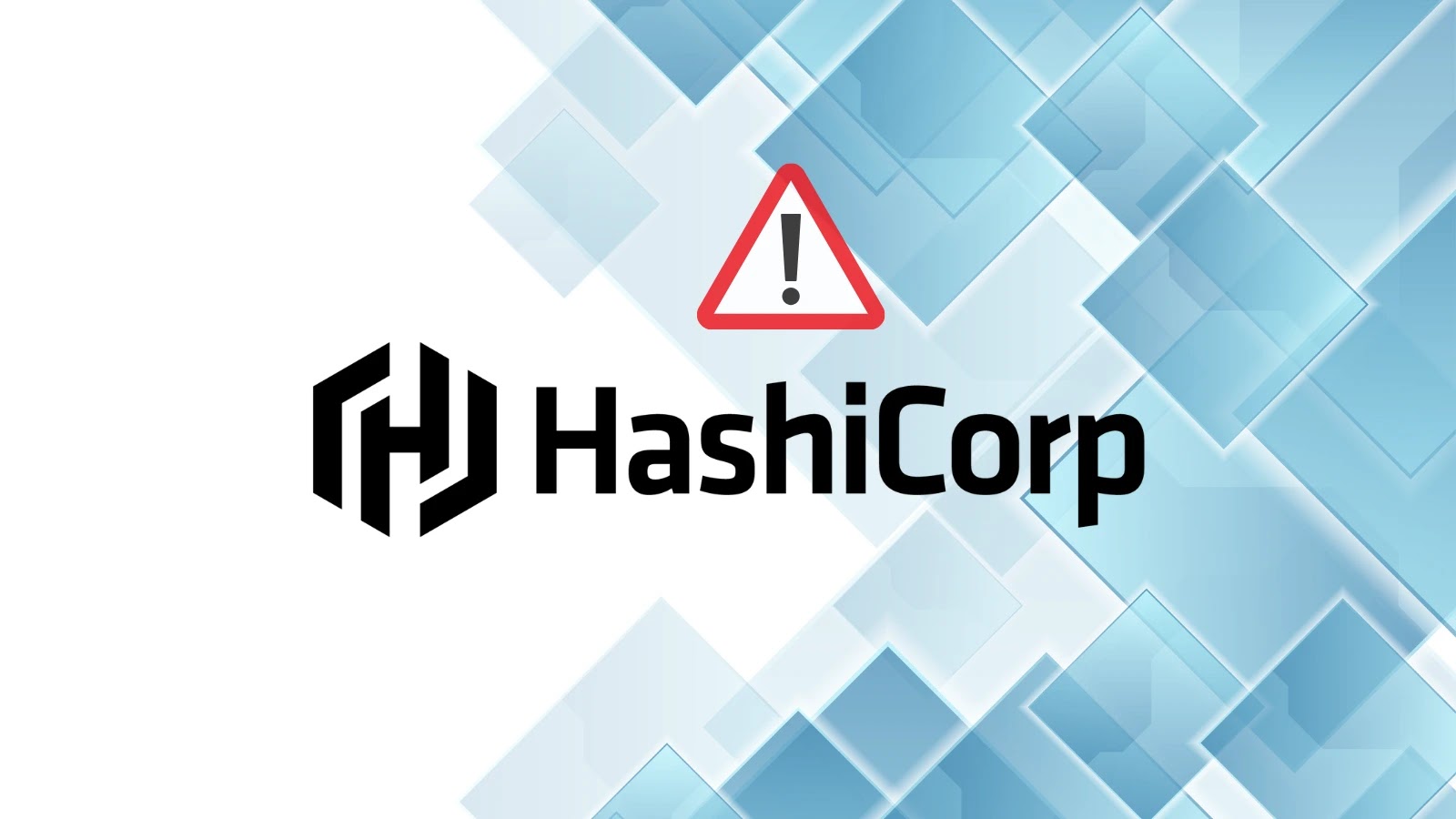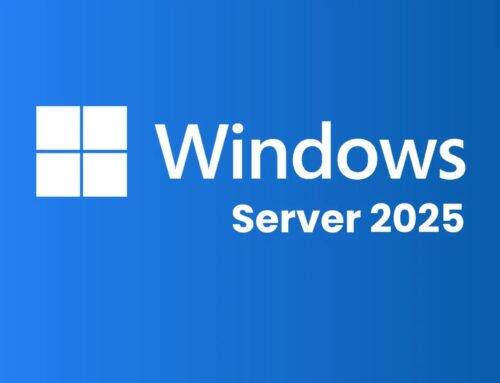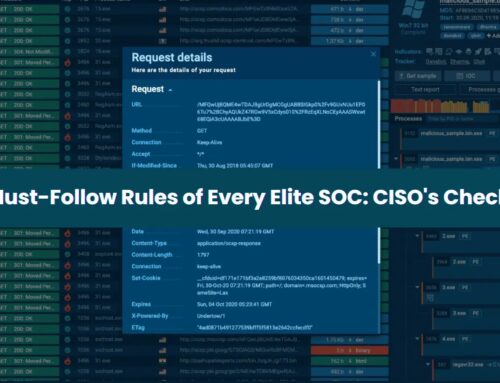
Critical HashiCorp Vulnerability Let Attackers Execute Arbitrary Code on Underlying Host
Enterprises globally rely on powerful infrastructure automation tools to streamline operations and manage vital secrets. When a critical vulnerability surfaces within such a foundational tool, the reverberations extend far beyond the immediate software, potentially compromising an organization’s most sensitive data and systems. We’re dissecting a recently patched, critical HashiCorp Vault vulnerability that could have allowed privileged operators to execute arbitrary code on underlying host systems, highlighting the significant risks and necessary mitigation strategies.
Understanding CVE-2025-6000: A Critical HashiCorp Vault Vulnerability
A significant security flaw, identified as CVE-2025-6000, was recently disclosed affecting HashiCorp Vault Community Edition and Enterprise versions. This vulnerability is particularly concerning because it allows a privileged Vault operator to achieve arbitrary code execution on the underlying host system. In essence, an attacker who gains elevated access within Vault could leverage this flaw to escape the application’s confines and compromise the server it runs on.
The severity of this issue cannot be overstated. HashiCorp Vault is a secrets management tool, responsible for securely storing and tightly controlling access to tokens, passwords, certificates, and encryption keys. A compromise at this level means an attacker could gain access to an organization’s crown jewels, potentially leading to widespread data breaches or system takeovers.
Affected Vault Versions and Impact
The critical HashiCorp vulnerability, CVE-2025-6000, impacts a broad range of Vault versions, specifically from 0.8.0 up to 1.20.0. This extensive range means a considerable number of deployments could have been vulnerable before the patches were released.
Impact analysis reveals that the primary risk lies in the ability of a privileged Vault operator to exploit this vulnerability. While this might suggest an insider threat scenario, it also encompasses situations where an external attacker successfully compromises a privileged Vault account. Once exploited, the arbitrary code execution grants the attacker significant control over the host system, paving the way for:
- Installation of malicious software or backdoors.
- Lateral movement within the network.
- Exfiltration of sensitive data from the host or connected systems.
- Disruption of services or complete system compromise.
Remediation Actions: Securing Your HashiCorp Vault Deployments
Given the critical nature of CVE-2025-6000, immediate action is paramount for all organizations utilizing affected HashiCorp Vault versions. The good news is that HashiCorp has released patches to address this vulnerability.
- Upgrade Vault Immediately: The most crucial step is to upgrade your HashiCorp Vault instances to the latest patched versions. Verify your current version and consult HashiCorp’s official release notes for the specific patched versions relevant to your deployment track. Prioritize this upgrade as soon as possible.
- Review and Restrict Operator Privileges: Conduct a thorough audit of your Vault operators and their assigned privileges. Apply the principle of least privilege, ensuring that operators only have the minimum necessary permissions to perform their tasks. Reduce the number of highly privileged accounts where possible.
- Monitor Vault Host Systems: Implement robust monitoring and logging for the underlying host systems running Vault. Look for unusual process executions, unauthorized file modifications, or suspicious network activity that could indicate an attempted or successful exploitation of this vulnerability.
- Regular Security Audits: Integrate regular security audits of your Vault configurations and security policies. This proactive approach helps identify potential weaknesses before they can be exploited.
- Implement Defense-in-Depth: Even with patches, consider additional layers of security. This could include host-based intrusion detection systems (HIDS), network segmentation, and strong access controls to the Vault server.
Security Tools for Vault Environment Hardening
To further enhance the security posture of your HashiCorp Vault environment and aid in detecting potential compromises, consider integrating the following tools:
| Tool Name | Purpose | Link |
|---|---|---|
| HashiCorp Sentinel | Policy as code framework for Vault, helping enforce granular access controls and prevent misconfigurations. | https://www.hashicorp.com/products/sentinel |
| Vault Audit Device | Built-in Vault feature for logging all requests and responses, crucial for forensic analysis and detection. | https://developer.hashicorp.com/vault/docs/audit |
| OSSEC (or similar HIDS) | Host-based intrusion detection system for monitoring file integrity, system calls, and suspicious activity on the Vault server. | https://www.ossec.net/ |
| Vulnerability Scanners (e.g., Tenable.io, Nessus) | Automated scanning tools to identify unpatched software and misconfigurations on the host systems. | https://www.tenable.com/ |
Key Takeaways for Organizational Security
The CVE-2025-6000 vulnerability in HashiCorp Vault serves as a stark reminder of the continuous need for vigilance in cybersecurity. Protecting critical infrastructure components like secrets management systems is paramount to safeguarding an organization’s most sensitive assets. Prompt patching, rigorous privilege management, and comprehensive monitoring are non-negotiable elements of a robust security strategy.
Organizations must remain proactive in tracking security advisories for all their essential software, especially those that manage sensitive data or control access to core systems. Regular security assessments and an “assume breach” mentality can help build resilience against sophisticated attacks.





